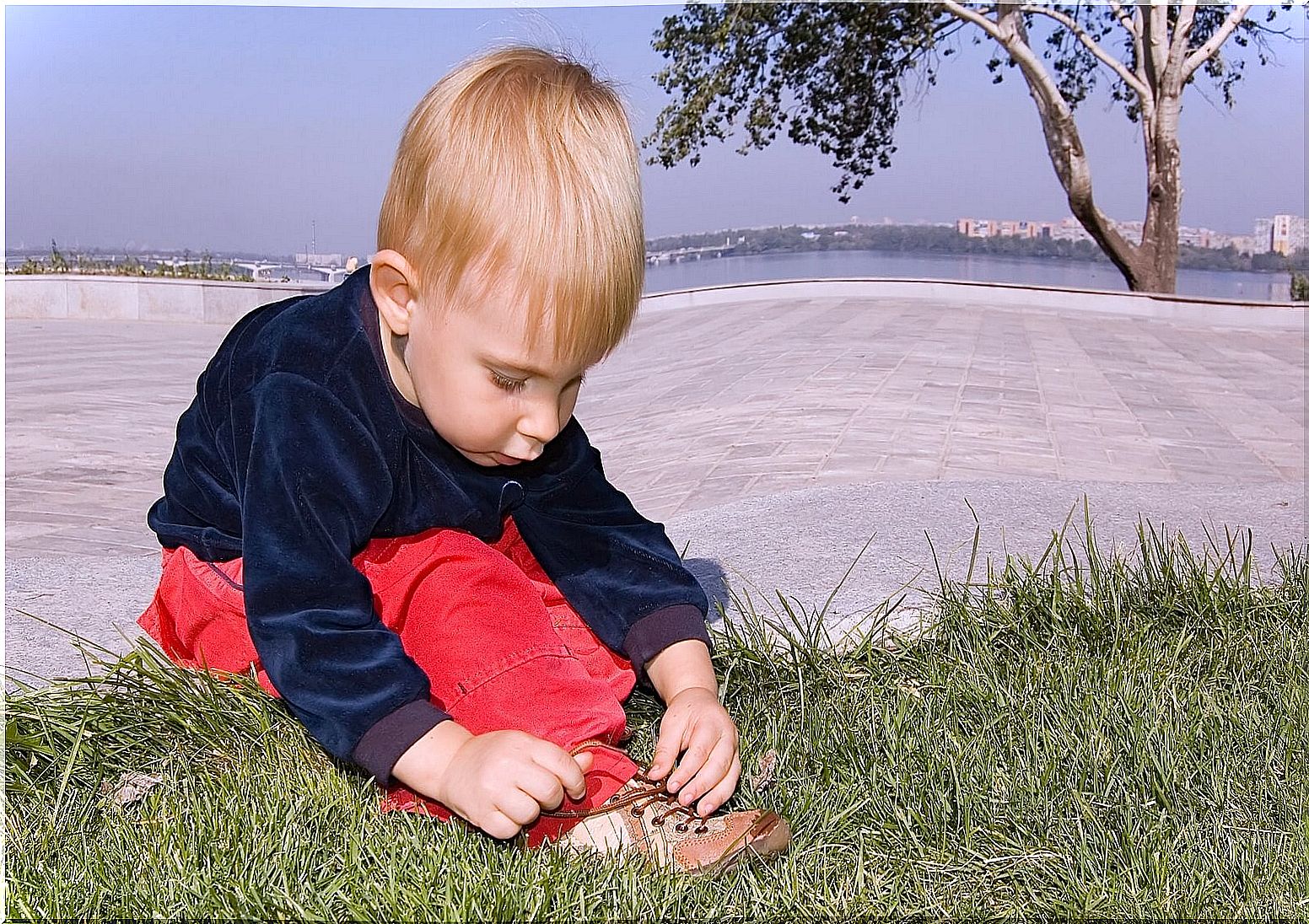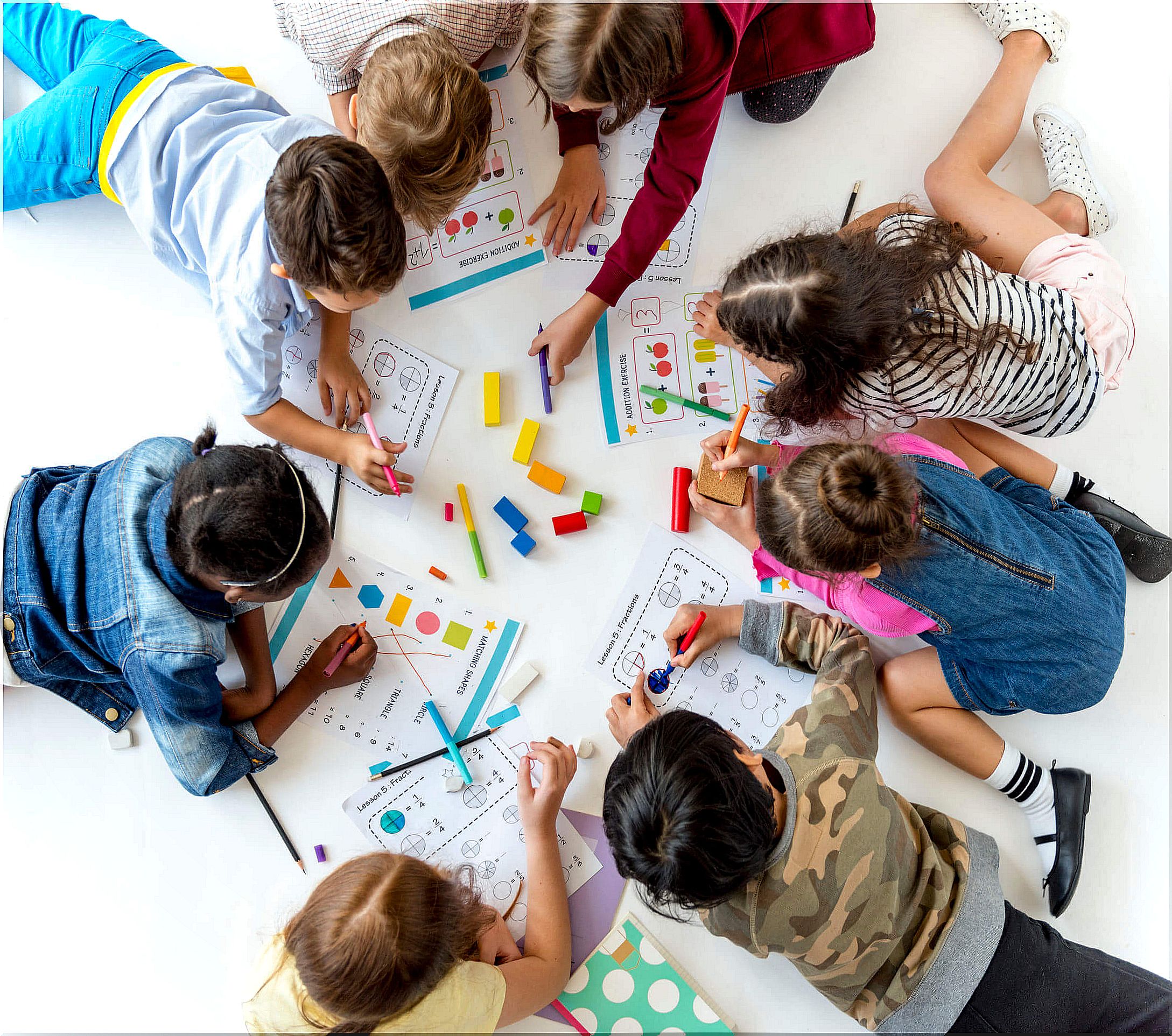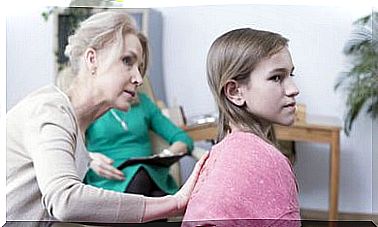Self-management Of Learning: What Does It Consist Of?

During the first years of schooling, students learn under the guidance and close supervision of adults. At school, the teachers show them the step by step of each activity and accompany them as they learn to carry it out on their own. At home, it is parents who often take on this role, helping their children with homework.
However, as they progress through the year, the minors have to acquire greater autonomy and this is where self-management of learning is relevant.
In higher grades, adult supervision regarding study is less continuous ; however, youth are expected to perform well and meet educational goals. Something that is also gaining importance with virtual classes, in which students must carry out an important part of the learning process by themselves.
To be successful in this task, they must have certain personal tools and follow a series of steps that we will talk about below.

What is self-management of learning?
Self-management of learning (also called self-regulated learning) is the active process by which a student establishes educational goals and implements a series of actions to achieve them. That is, the young person does not have an adult to motivate or urge him to study, to tell him how to do it and to monitor his progress. It is he himself who must take care of all these aspects.
Often times, a student’s poor academic performance may be due to a problem with self-management of learning. Perhaps in previous stages their performance was adequate, but now that the adult accompaniment is less, difficulties appear. Therefore, knowing the different phases that make up self-regulated learning will help to identify which of them is failing.
Interest and motivation
First of all, it is important that the child has an interest in doing this learning and is able to stay motivated during the process. You don’t have to find the content itself interesting; Motivation can come from a desire to improve yourself, to get good grades, or simply to pass the grade. In any case, the motive must be present to be able to resort to it when the willpower falters.
Goal setting
On the other hand, the young person has to establish a clear goal to work towards. For example, understand three topics of a subject within a month or learn to do a math exercise during that week. If the goal is not well specified, it may be more difficult for you to organize your study time or keep your focus on what is relevant.
Self confidence
To put learning self-management into practice, it is necessary for the child to consider himself capable of doing it. You must have a positive self-image and good self-efficacy. Otherwise, the fear of making mistakes or not succeeding can lead you to procrastinate and end up sabotaging your own attempts. To prevent this from happening, it is helpful to recall previous times and situations in which you have been able to achieve a similar goal.
Process monitoring
Failure is part of any learning process; therefore, all students must be open to making changes and readjustments on the initial plan. For this, the child or adolescent has to review their progress with some frequency and check if everything is going as expected. If not, you will have to ask yourself what is wrong and reorganize your goals or strategies.

Self-management of learning is a path of independence
Self-directed learning will not only be useful to children and adolescents during their school years. These acquired skills can be applied in their adult life whenever they wish to acquire a new knowledge or skill. Ultimately, it is about developing autonomy and stop needing an adult for learning to take place.
There should always be an expert who serves as a model and shows some guidelines to follow; And likewise, you can (and it is important) ask for help when needed. However, the process becomes more and more autonomous and the student more independent and self-confident. For this reason, parents and educators have to make sure that we help minors to walk towards this type of self-management.










